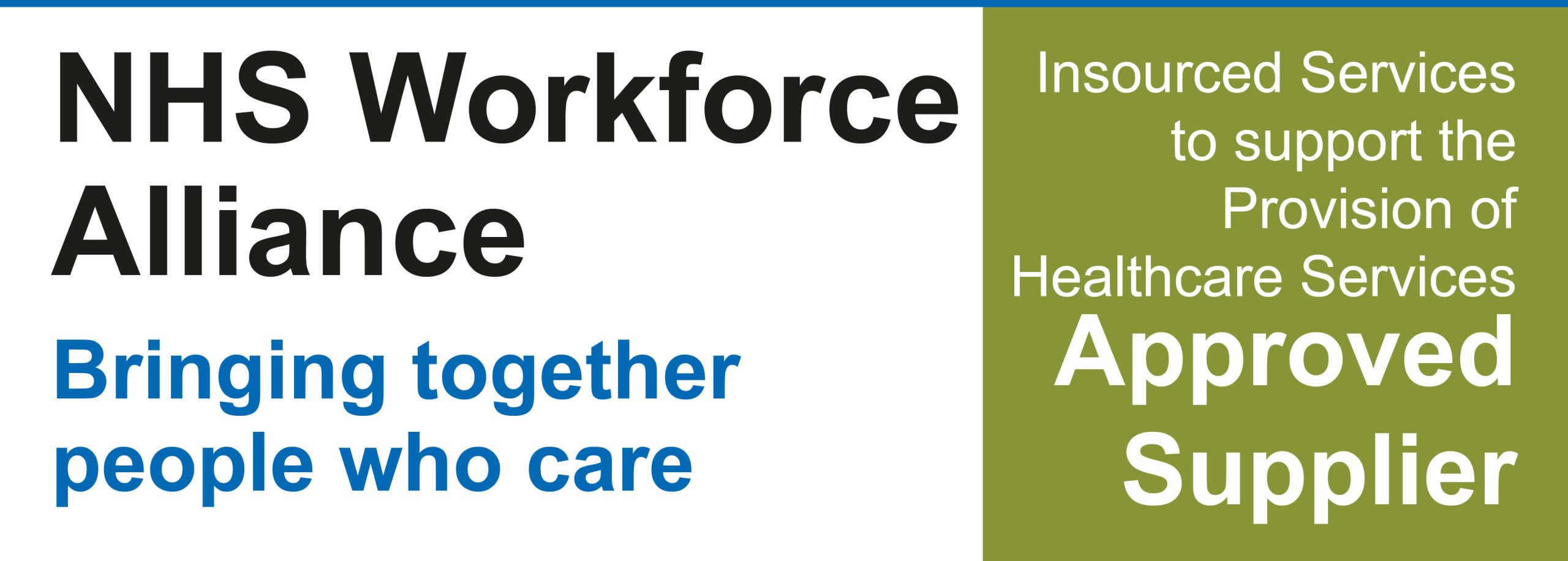As the demand for quality in-home care grows, live-in caregivers play an essential role in supporting individuals who require round-the-clock assistance. Whether for elderly individuals, those with disabilities, or individuals recovering from illness, live-in care services offer a reliable solution that promotes comfort, independence, and well-being.
What Are Live-In Care Services?
Live-in care services provide continuous, one-on-one assistance to individuals in their own homes. Unlike hourly care, where a caregiver visits at scheduled times, live-in caregivers stay with the client, ensuring 24-hour care at home. This form of care is particularly beneficial for those who require ongoing support with daily tasks, medication management, mobility assistance, and companionship.
Secure Healthcare Solutions is a trusted provider of personalised live-in care, ensuring that individuals receive high-quality support tailored to their needs. In-home care providers focus on creating a safe and comfortable environment, making sure clients receive the attention they deserve.
The Responsibilities of a Professional Live-In Caregiver
A professional live-in caregiver provides a range of services that go beyond basic assistance. Their responsibilities may include:
1. Personal Care and Hygiene
- Assistance with bathing, dressing, and grooming
- Support with toileting and continence care
- Maintaining overall personal hygiene
2. Companionship and Emotional Support
- Engaging in meaningful conversations
- Providing companionship to prevent loneliness
- Encouraging social interactions with family and friends
3. Medication Management
- Ensuring medications are taken as prescribed
- Keeping track of prescriptions and refills
- Notifying healthcare professionals of any concerns
4. Household Assistance
- Light housekeeping and laundry
- Meal preparation and grocery shopping
- Ensuring a clean and organised living space
5. Mobility and Safety Support
- Assisting with walking and physical activity
- Preventing falls and injuries
- Arranging necessary medical appointments and transportation
With Secure Healthcare Solutions, families can rely on professional live-in care that meets the highest standards of quality and reliability.
The Benefits of Live-In Care for the Elderly
Choosing live-in care for elderly individuals offers several benefits that contribute to their well-being and overall quality of life.
1. Personalised Live-In Care
Every individual has unique care needs, and live-in caregivers tailor their approach to provide customised support. This ensures that seniors receive care that aligns with their preferences, routines, and medical requirements.
2. Familiar and Comfortable Environment
Remaining in a familiar home setting can have a positive impact on an individual’s emotional and mental well-being. It reduces stress and anxiety, which are common in unfamiliar environments like nursing homes.
3. One-on-One Attention
Unlike residential care facilities, where caregivers attend to multiple patients, live-in caregivers provide dedicated, one-on-one care. This ensures that the elderly receive immediate assistance whenever they need it.
4. Peace of Mind for Families
Families often worry about the well-being of their loved ones. With a live-in caregiver, they can have peace of mind knowing their family member is in safe and professional hands.
How to Choose the Right Live-In Care Provider
Finding the right caregiver requires careful consideration. Here are some key factors to keep in mind:
1. Experience and Qualifications
Choose a caregiver with the necessary training and experience in providing live-in care. Look for credentials, certifications, and relevant expertise in specialist care services.
2. Compassion and Compatibility
A good caregiver should not only be skilled but also compassionate and patient. Compatibility between the caregiver and the care recipient is essential for building trust and ensuring comfort.
3. Flexibility and Reliability
Care needs can change over time. A reliable caregiver should be adaptable to different situations and be available to meet the client’s evolving needs.
4. Support from a Reputable Healthcare Staffing Agency
Working with a reputable healthcare staffing agency, such as Secure Healthcare Solutions, ensures that caregivers are thoroughly screened, trained, and supported. This guarantees the highest level of care for individuals receiving live-in support.
Secure Healthcare Solutions: A Trusted Name in Live-In Care Services
Secure Healthcare Solutions is dedicated to providing top-quality live-in care services tailored to each client’s specific needs. As one of the best healthcare providers, our team of professional live-in caregivers is committed to enhancing the lives of those in need.
With a strong focus on compassionate and expert care, we ensure that individuals receive the support required to maintain independence while enjoying the comforts of home. Whether you need assistance for yourself or a loved one, Secure Healthcare Solutions is here to help.
Conclusion
Live-in caregivers play a vital role in ensuring the well-being and safety of individuals who require constant support. From personal care to companionship, they provide a wide range of essential services that improve the quality of life for those in need.
If you are considering live-in care for a loved one, it is important to choose a trusted provider who prioritises compassion, professionalism, and reliability. Secure Healthcare Solutions offers expert live-in care services tailored to meet the unique needs of each individual, ensuring a safe and comfortable home environment.
For more information, visit Secure Healthcare Solutions and explore how live-in care services can make a difference in your loved one’s life.

